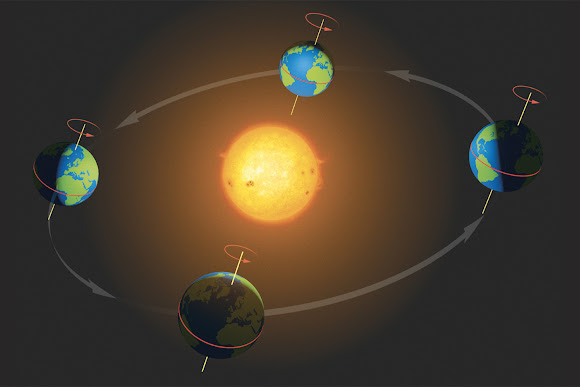As many of you know I am somewhat of a fanatic about the
two solstices; hate for the summer but love of the winter.
While pondering my navel recently - during my first bout of covid - it suddenly occurred to me that I have spent all my time pontificating about the two solstices and haven’t given any attention to the two equinoxes, vernal or autumnal. Lucky for you on this auspicious date I am about to fix that. (By the way, for you Latin scholars equinox means “equal night.” Duh.) In many respects the equinoxes are more important than the solstices. After all, not much happens on the solstice (if you disregard height of summer and beginning of winter) but the equinoxes have a lot going on.
Both days are pretty cool although I must admit that I have a little less enthusiasm about the vernal one. That's because we all know what comes after it: The. Worst. Day. of. the. Year. (For celestial non-zealots that’s the summer solstice when it all starts heading downhill for those of us on frozen tundra.) Anyway, I thought I’d to try to give both these important days a little love. First, some science stuff. (I'm sure you know all this already but bear with me and don’t worry even if I could – and I can’t - I’m wouldn’t drag you into astrophysics or astronomy.)
It's pretty simple, just look at the picture above. Earth in summer (in Mpls) on the left – sun brightly shining 16 hours a day; fall equinox on bottom – equal days and night but heading downhill; winter on right - yuck; and spring equinox at top – next stop, golf and bikini's!
But wait, there’s more! Ironically, the earth is actually closer
to the sun at our winter (southern hemisphere’s summer) solstice than we are in
our summer. And, of course, there's our “tippiness” as we go around the sun that actually gives us seasons.
(Can you imagine what it would be like without the tippiness and seasons? It would basically be spring - or autumn - all year round, no hot days in summer, no cold days in winter and 12 hours of daylinght every day. Bor-ing! Of course it would suck to be in Alaska where it would be dawn or dusk all day, every day. Ugh.)
So what, Dear Leader, you might say. Well, I’m glad you
asked.
Pretty much since the first cave man happened to notice that
days got longer then shorter, then longer then shorter, etc. they started
organizing their lives around these changes.
Perhaps most important of the two, is the vernal equinox.
Imagine you’ve been sitting around freezing your butt off for months waiting for that magic moment when you can get ready to plant your delicious potatoes - but how do you know when? You check the calendar, of course! Well, okay first you invent a calendar which they did about 5000 years ago. (Without a YouTube either.)
 |
| Dear, did you remember to set the rocks back an hour? |
Yup, sun streams through between the big rocks in the right place and bingo, it’s spring! Pretty soon they could plant their crops, the cavewomen will start wearing shorter furs (woo hoo!) and the damn kids will get out of the cave.
A lot of religions - maybe all of them – have incorporated
at least some of these turning points into their beliefs (or vice versa.) For example, most ancient
societies held fertility rituals in the spring. They’re still around in one
form or another.
(This was taken during spring break my senior year at UMD. It's not clear why girls didn’t want anything to do with us ROTC guys.)
Before there was a Cub or Lunds and Byerly’s, if people didn’t have a good harvest they may not live to see the spring so many societies had ancient rituals mostly around this time of the year to celebrate the harvest. For instance, there is the Higan in Japan, the Navaratri in India and those clever Christians in England created Michaelmas to get those pagans into church. (Sort of like they did with Christmas at the winter solstice, both with mixed results.)
This should not be confused with Thanksgiving which was created by the illegal immigrants at Plymouth Colony to keep the Native Americans from killing them by sharing their food with the same Native Americans who had shown them how to grow it.
These rituals change through the years but they are still with
us.
(Women still want nothing to do with us. Huh. Could it be our magnificent physiques? Our excellent taste in clothes?)
So even with all our knowledge today about the earth and
solar system, not much has changed. The spring equinox still signals thinking
about the annual flowers. We celebrate the longest day of summer with pretzels
and beer and start the harvest with the fall equinox. Finally, we beg the sun to return on the shortest day of the
year. (Okay, probably only I do that but still . . .)
So, imagine if you will, the earth traveling at 67,000 mph through
space around the sun. Then, while you were (probably) sleeping, in an instant at precisely 1:50 AM this morning it passed that
single point in space where summer turns into fall.
Next stop, Dear Leader’s Solstice S’mores party!
 |
| S'mores and beer! S'mores and beer! |








No comments:
Post a Comment